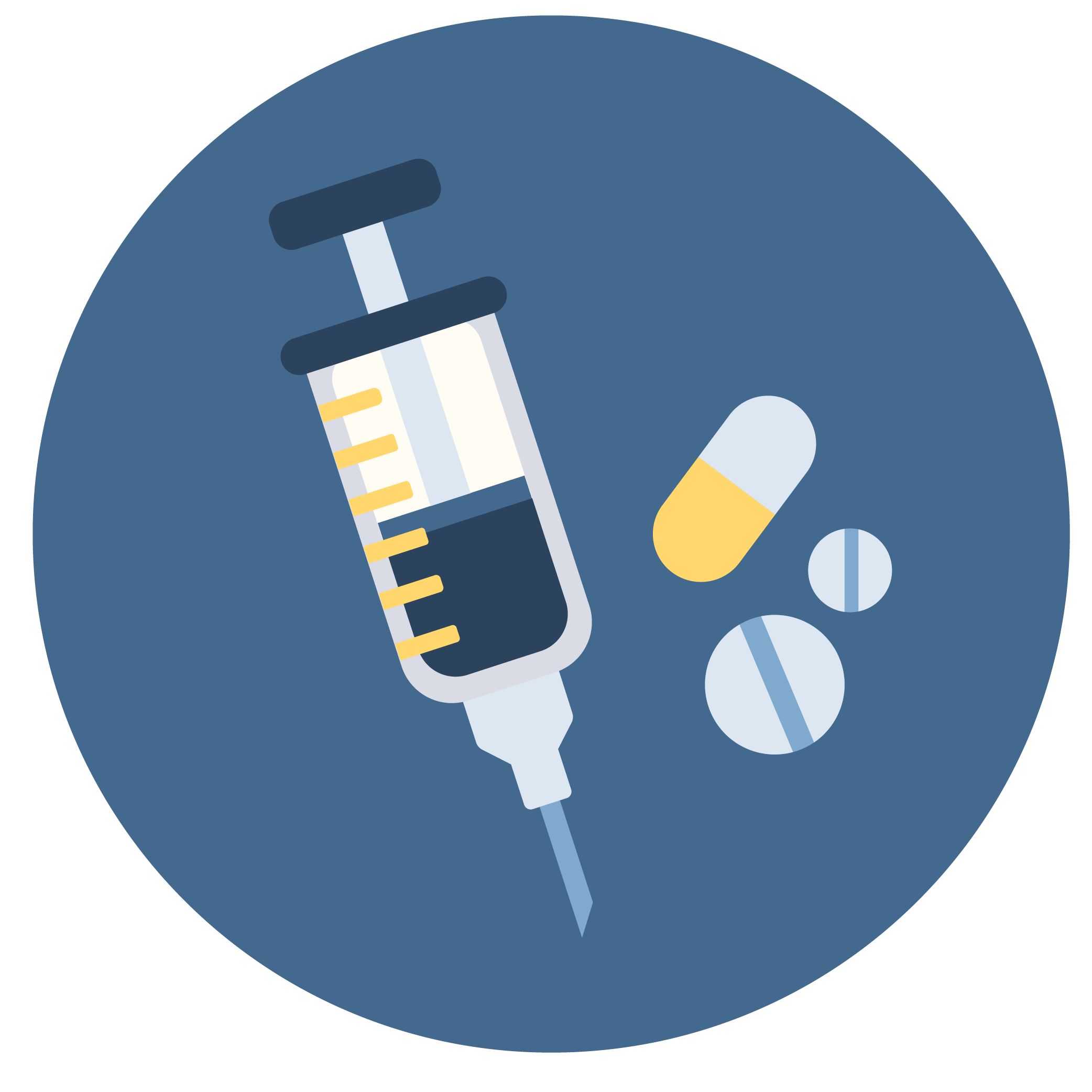Empty containers
Businesses that use hazardous products need to learn how to handle empty containers. Containers that hold dangerous waste — such as solvents, paints, and pesticides — must be managed as dangerous waste containers until they meet the definition of empty in the Dangerous Waste Regulations.
Learn how to:
- Ensure your containers are empty.
- Reuse, recycle, and dispose of empty containers.
Health care facilities and pharmaceuticals
Please refer to the Dangerous Waste Pharmaceuticals Guide and Focus on: Dangerous Waste Pharmaceutical Containers to determine when certain containers are empty.
What is an empty container?
A container is any movable device that stores, transports, treats, disposes, or otherwise handles material, such as cans, bottles, jars, drums, barrels, bags, liners, inner liners, and large containers mounted on a truck or rail car.
A container is considered empty when both of the following requirements are met:
- Contents have been properly removed,
AND - Contents fall below a certain volume, depending on its original size or contents.
How to properly empty the contents of a container
To properly empty the contents of a container, use common methods such as inverting, draining, scooping, scraping, etc. Follow these guidelines to properly empty the contents:
- Do not dump product or rinse water on the ground, down the drain, or in the trash.
- Rinse containers as needed, but keep rinse water to a minimum.
- Triple rinse containers that held acute hazardous waste (AHW) or toxic extremely hazardous waste (EHW) before reusing, recycling, or disposing of the container (see WAC 173-303-160(2)(b)).
Fire codes
Check with your local fire department or fire district for any additional requirements, such as for containers previously used for storing flammable and combustible liquids. In 1991, the Uniform Fire Code defined an empty container as being free from any remaining hazardous materials or vapors.
Container volumes that qualify as empty
|
Type of container |
When is container considered empty? |
|---|---|
|
Small containers |
When no more than 1 inch or 3% of the container volume remains |
|
Large containers |
When no more than 0.3% of the container volume remains |
|
Container that held compressed gas |
When pressure inside container is equal or nearly equal to atmospheric pressure |
How to store empty containers
Store empty containers in an area protected from the weather, and be sure to:
- Cover containers.
- Tightly secure bungs.
- Remove outdated labels.
- Mark containers as "empty."
- Add the name of the product last stored in the container and the date it was emptied (optional, but recommended).
How to dispose of empty containers
Once your containers meet the definition of “empty,” you may choose the best disposal or reuse option for you:
Reuse
Empty containers can be reused for other business needs onsite. If repurposing containers, you must remove old hazardous waste and hazard labels.
Recycle
Larger metal containers may be recycled through:
- A scrap metal facility (recommended). Check with your metal recycler first.
- A drum-reconditioning firm.
- Industrial Materials Exchange (IMEX), a company that lists exchanges for empty containers by matching up waste generators with waste users.
Disposal
Local permitted solid waste landfills may accept empty containers. Contact the landfill first to find out if they will accept empty containers.
Related links
Contact information
Need help?
Contact a dangerous waste inspector in your region


